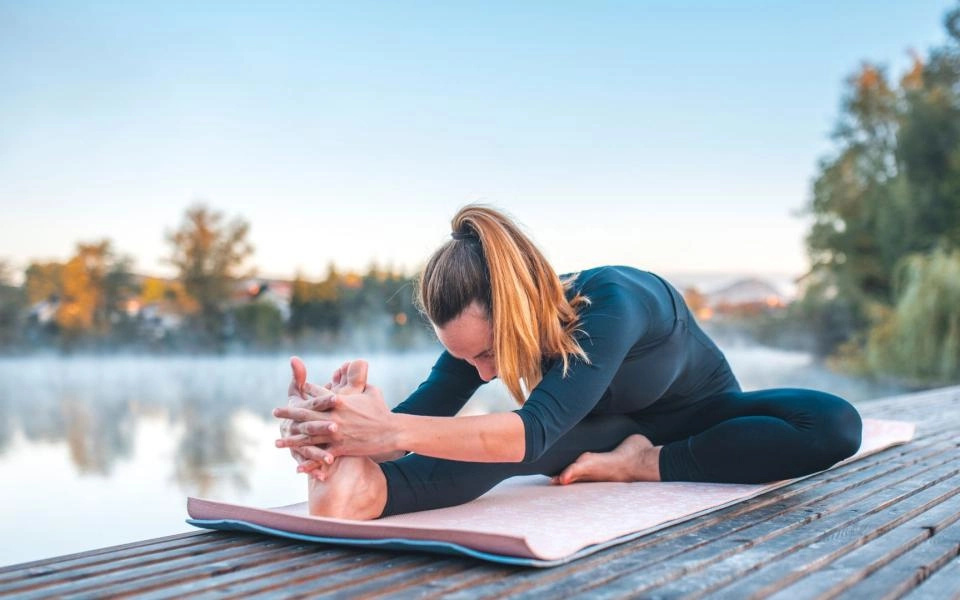Photography serves as a unique medium within Acceptance and Commitment Therapy (ACT) by promoting psychological flexibility. Through mindful observation of their environments and emotions, clients can cultivate acceptance and reduce avoidance. This creative approach not only externalizes experiences but also invites deeper self-reflection. As clients explore the potential of photography, they may uncover insights that lead to improved resilience and adaptability. What specific techniques can therapists employ to harness this transformative power?
Key Takeaways
- Photography encourages mindful observation, helping clients engage with their thoughts and feelings rather than avoiding them.
- Capturing personal moments fosters acceptance and reduces avoidance behaviors, enhancing psychological flexibility.
- Creating visual narratives allows clients to reflect on their experiences, promoting deeper self-understanding and insight.
- Photography exercises help clarify values, enabling clients to align their choices with their true selves.
- Sharing images in therapy sessions enhances connection, improving communication and understanding within the therapeutic relationship.
The Role of Psychological Flexibility in ACT Therapy
Psychological flexibility in ACT therapy serves as a cornerstone for fostering mental resilience and adaptability. This concept encourages individuals to engage with their thoughts and feelings rather than avoiding or suppressing them. By promoting acceptance and mindfulness, individuals learn to navigate life’s challenges with a sense of openness and curiosity. In this therapeutic framework, clients are guided to clarify their values, allowing them to make choices aligned with their true selves. This alignment nurtures a sense of belonging and purpose, essential for emotional well-being. As individuals develop psychological flexibility, they become more adept at responding to stressors and uncertainties, ultimately enhancing their overall quality of life. Through this process, a supportive environment is cultivated, encouraging personal growth and connection.
How Photography Can Foster Psychological Flexibility
While engaging with the world through the lens of a camera, individuals can reveal new perspectives that promote psychological flexibility in ACT therapy. Photography encourages individuals to observe their surroundings mindfully, fostering an awareness of thoughts and feelings without judgment. This creative process enables clients to confront and explore difficult emotions, facilitating acceptance and reducing avoidance behaviors. By capturing moments, individuals can externalize their experiences, allowing for reflection and insight into their personal narratives. This practice can enhance the ability to adapt to change, cultivate resilience, and embrace uncertainty. Ultimately, incorporating photography into ACT therapy serves as a powerful tool to nurture psychological flexibility, helping individuals connect more deeply with themselves and the world around them.
Techniques for Incorporating Photography in Therapy Sessions
Incorporating photography into therapy sessions can greatly enhance the therapeutic experience, providing clients with a unique medium to explore their thoughts and emotions. One effective technique is to encourage clients to bring personal photographs that resonate with their feelings or experiences. This can serve as a catalyst for discussion, allowing clients to articulate their emotions in a safe space. Additionally, therapists can assign photography exercises, such as capturing daily moments that evoke joy or reflection. These activities promote mindfulness and enhance psychological flexibility in ACT therapy by encouraging clients to observe their thoughts without judgment. Moreover, creating a visual narrative through photography can help clients identify patterns in their experiences, fostering deeper self-understanding and connection.
Real-Life Examples of Photography Enhancing ACT Outcomes
The transformative power of photography can greatly enhance outcomes in Acceptance and Commitment Therapy (ACT), as demonstrated through various real-life examples. Clients have reported increased psychological flexibility in ACT therapy by utilizing photography in meaningful ways.
- Self-Expression: One individual used photography to capture moments of joy, facilitating discussions about values and personal strengths.
- Mindfulness Practice: Another client engaged in mindful photography, focusing on the present moment, which helped reduce anxiety and promote acceptance of difficult emotions.
- Narrative Creation: A group therapy participant created a visual narrative of their journey, fostering connection and understanding among peers, thereby enhancing their sense of belonging.
These examples illustrate how photography can effectively support psychological flexibility in ACT therapy, enriching the therapeutic experience.
Tips for Clients: Using Photography to Improve Psychological Flexibility
Photography serves as a powerful tool for clients seeking to improve their psychological flexibility in ACT therapy. By encouraging clients to capture moments that resonate with their emotions, photography fosters mindfulness and self-reflection. One effective approach is to create a personal photo journal, where clients document images that symbolize their values and aspirations. This practice can help clients identify patterns in their thoughts and feelings, promoting acceptance and cognitive flexibility. Additionally, engaging in guided photography exercises, such as focusing on specific themes or emotions, enables clients to explore their experiences creatively. Sharing these images in therapy sessions can further enhance connection and understanding, allowing clients to articulate their experiences and cultivate a sense of belonging within the therapeutic space.
Frequently Asked Questions
What Is the Definition of Psychological Flexibility in ACT Therapy?
Psychological flexibility in ACT therapy refers to the ability to adapt thoughts and behaviors in response to changing circumstances. It involves acceptance, mindfulness, and commitment to personal values, fostering resilience and enhancing overall well-being.
How Can I Start Using Photography in My Daily Life?
Incorporating photography into daily life can begin with simple practices, such as capturing moments during walks or family gatherings. Engaging with the art fosters mindfulness, creativity, and a deeper connection to experiences and surroundings.
Are There Any Specific Types of Cameras Recommended for Therapy?
When considering cameras for therapeutic purposes, compact point-and-shoot options and smartphone cameras are often recommended. They are user-friendly and accessible, encouraging individuals to engage with photography without the intimidation of complex equipment.
Can Photography Be Used Outside of Therapy Sessions?
Photography can indeed be utilized outside therapy sessions, serving as a creative outlet. Engaging in this practice fosters emotional expression, enhances mindfulness, and promotes psychological flexibility in everyday life, contributing positively to overall well-being and connection.
What Are Common Challenges Clients Face When Using Photography in Therapy?
Clients often struggle with vulnerability, fear of judgment, and difficulty articulating emotions when using photography in therapy. These challenges can hinder the process, impacting their ability to fully engage and benefit from the therapeutic experience.
Conclusion
Incorporating photography into ACT therapy offers a unique and powerful avenue for enhancing psychological flexibility. By encouraging clients to engage with their emotions and surroundings through mindful observation, photography facilitates deeper self-understanding and acceptance. This creative approach not only promotes resilience but also empowers individuals to navigate life’s challenges with greater adaptability. As clients explore their experiences visually, they cultivate a richer understanding of themselves, ultimately leading to improved mental well-being and a more fulfilling life journey.
You May Also Like To Read:

